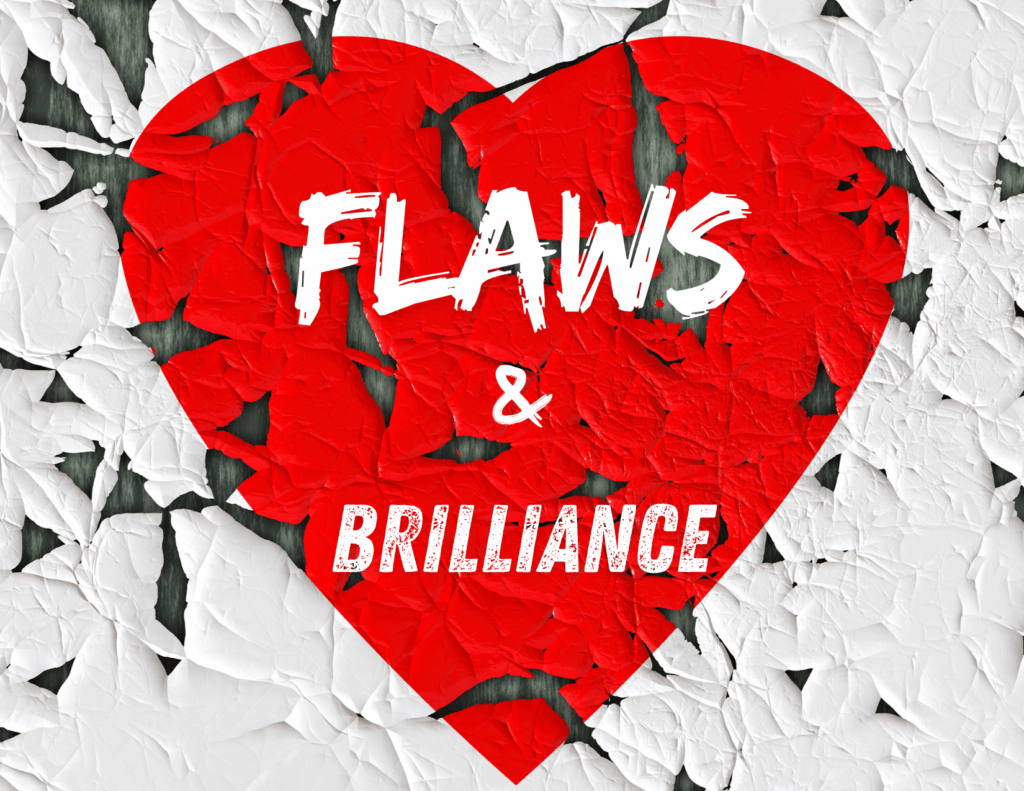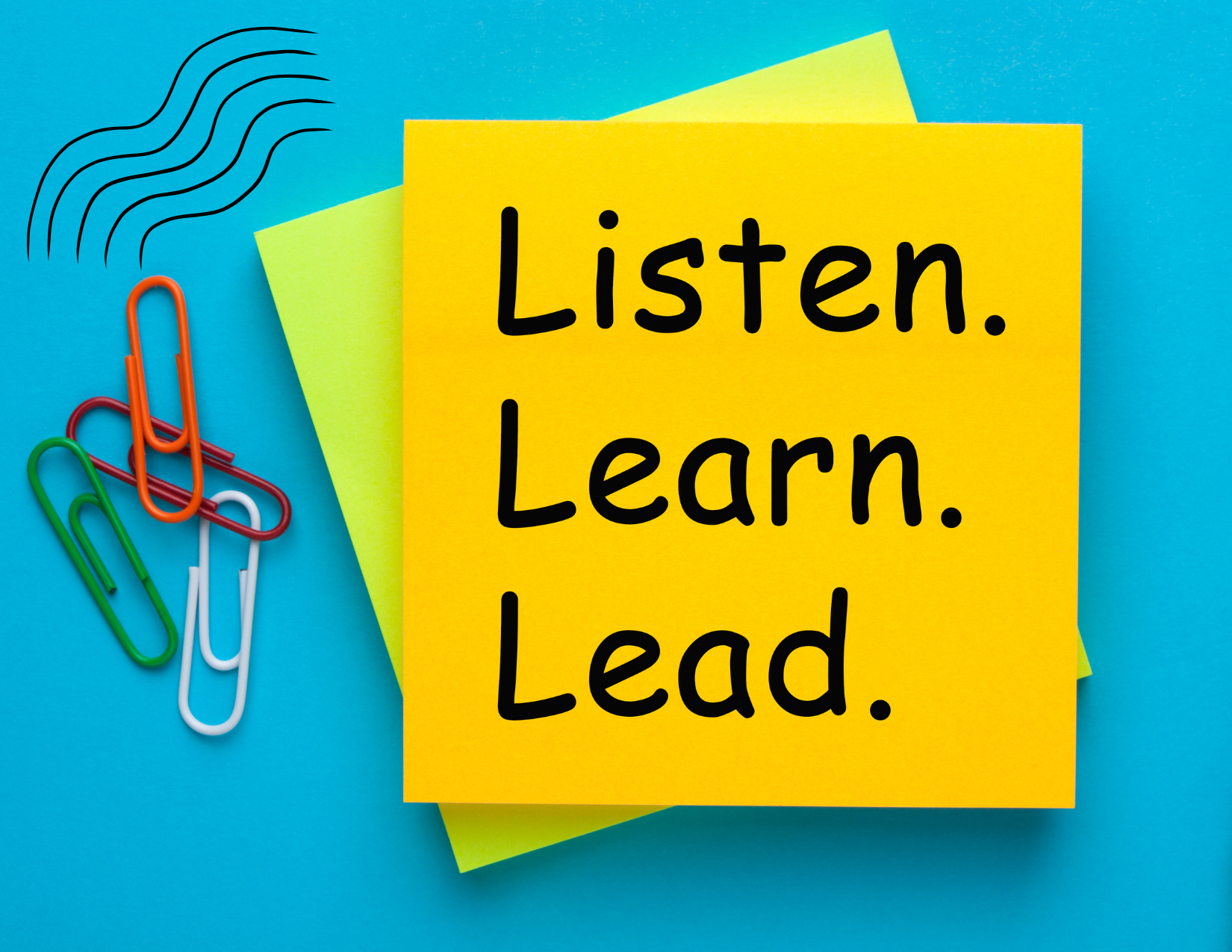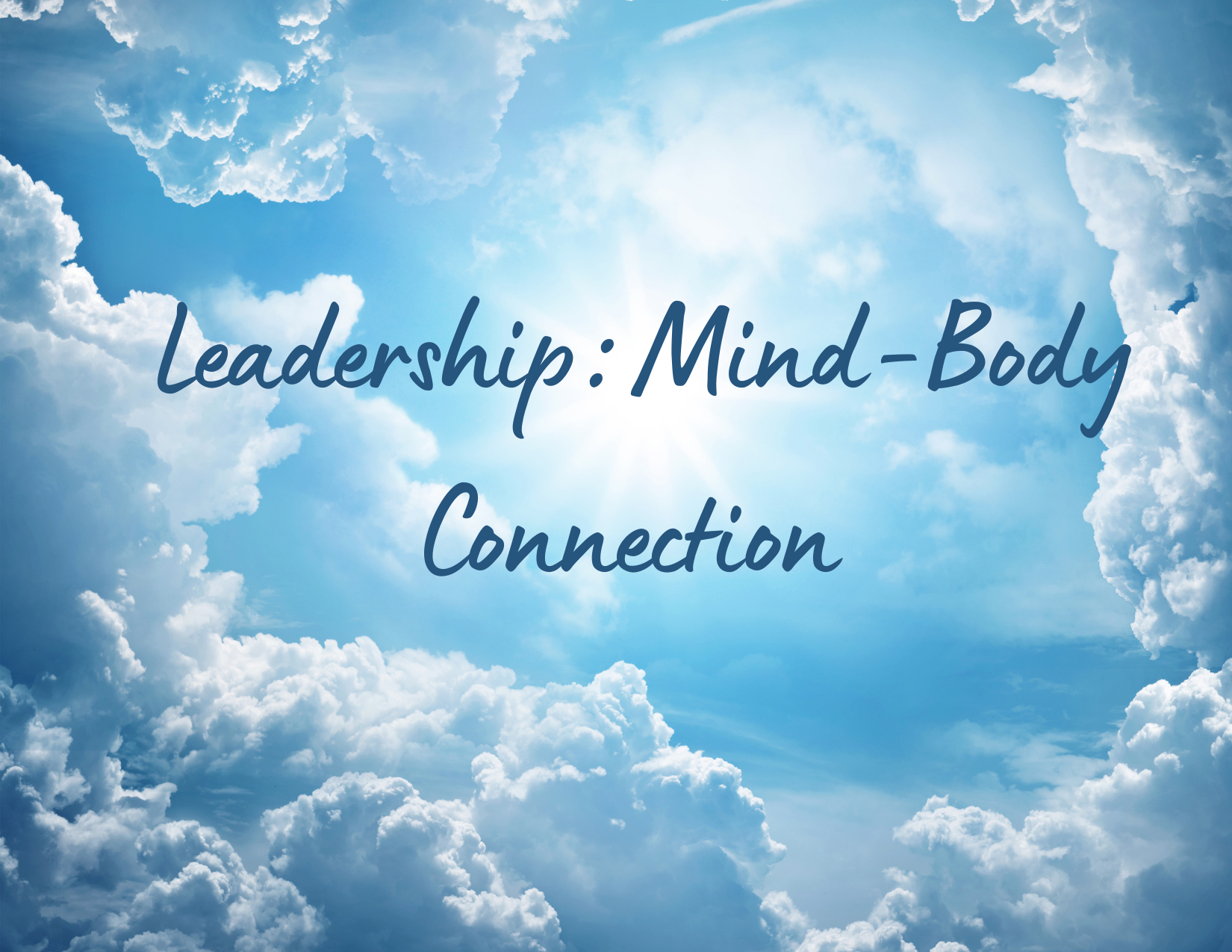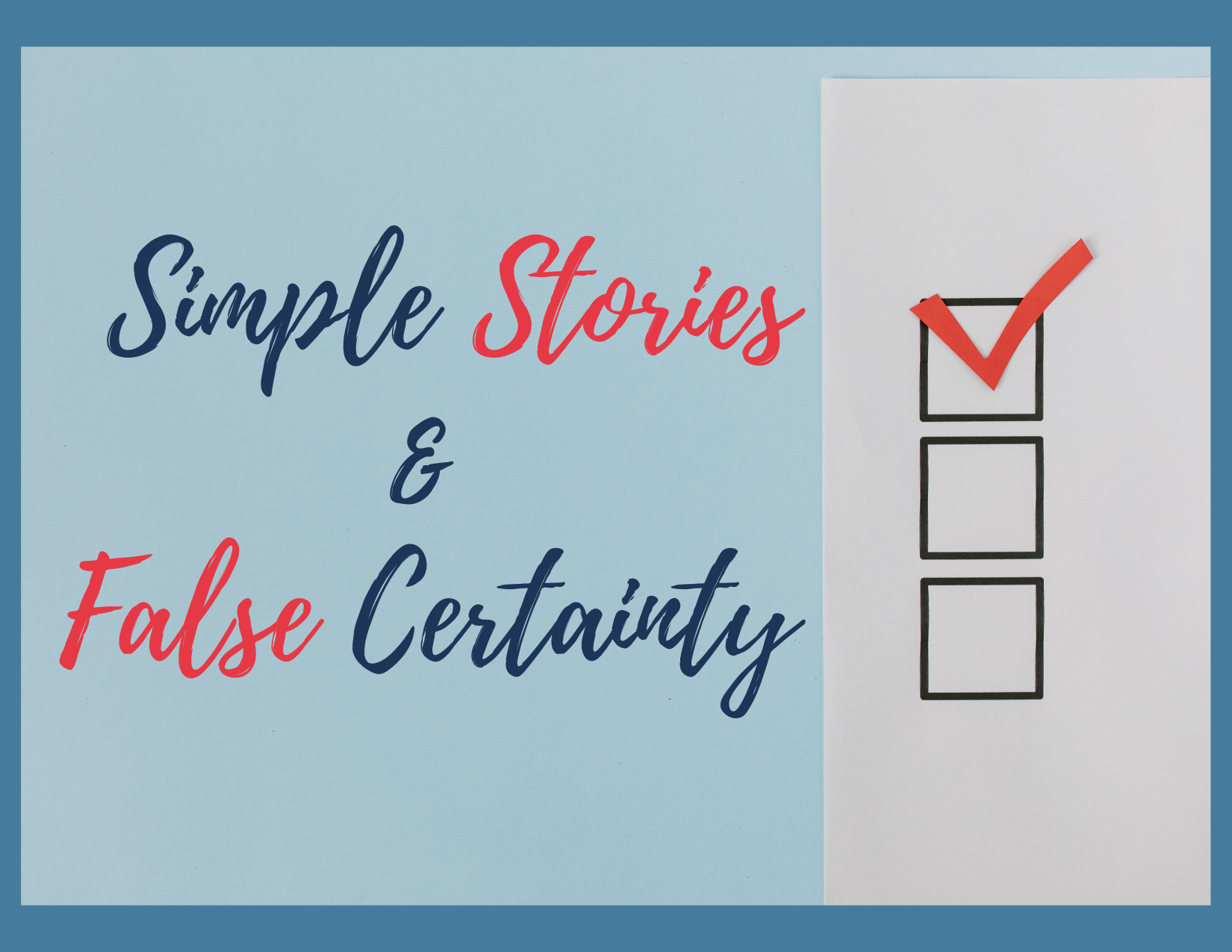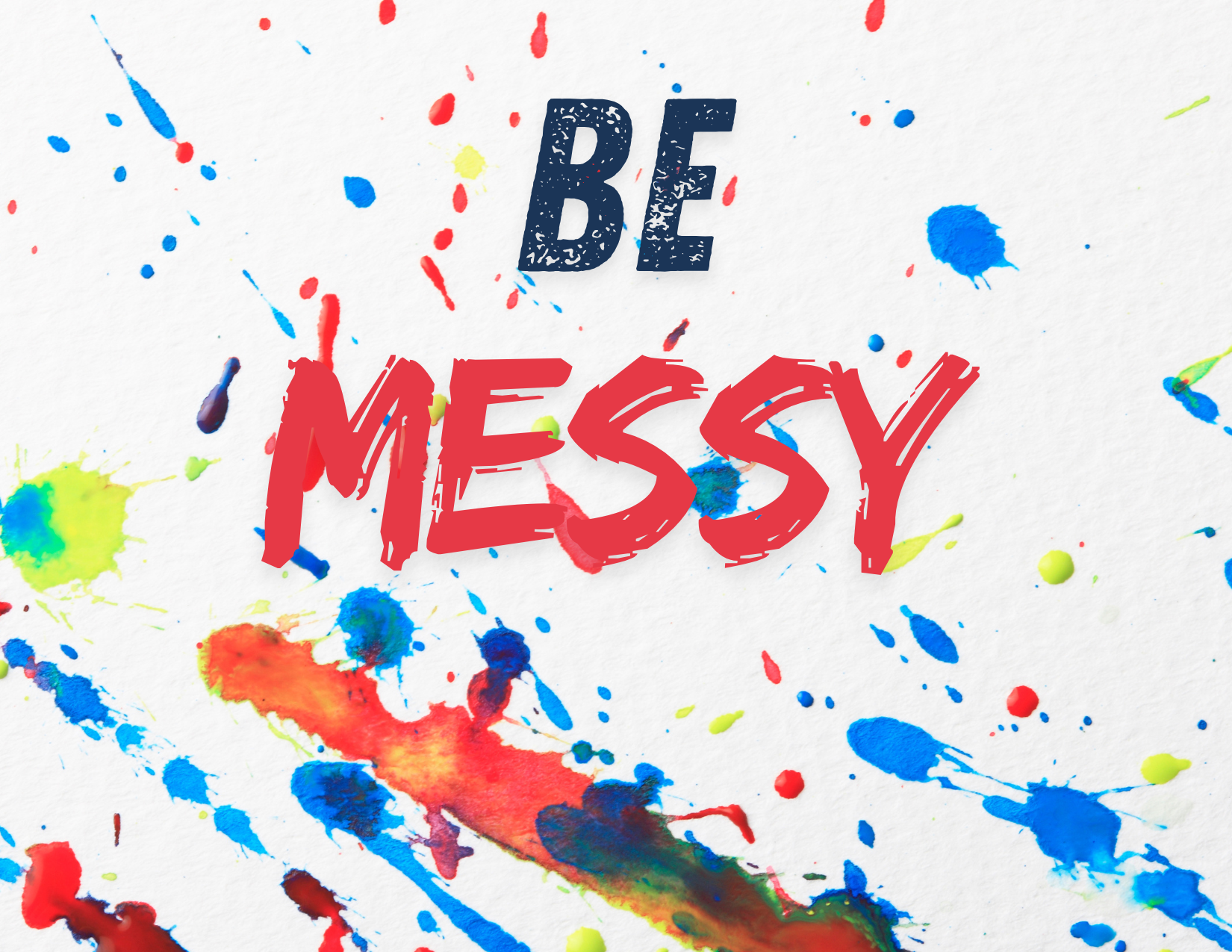What if everything you’ve been taught about your flaws is wrong?
What if those traits you’ve spent years trying to fix, suppress, or apologize for aren’t actually flaws at all? What if they’re the unpolished edges of your greatest gifts, qualities that need conscious integration rather than elimination?
This reframe changes everything. Instead of seeing your perceived weaknesses as evidence of inadequacy, you can recognize them for what they truly are: the sharp, sensitive, or distorted expressions of your most powerful strengths.
What Makes a Flaw the “Edge” of Brilliance?
Your so-called flaws aren’t random character defects. They’re what happens when your brilliance operates without conscious care, when your greatest gifts become over indexed, under-resourced, or misunderstood.
Think of it this way: every flaw is trying to protect or express something brilliant in you. Your high standards reflect your integrity. Your emotional depth reflects your capacity to hold space for others. Your desire for control reflects your commitment to meaning and creating safety.
The key insight? These traits aren’t the opposite of your strengths—they are the extremes of them.
Three Common “Flaws” Revealed as Brilliance
Let’s examine three traits that many people struggle with and see how they transform when we shift our perspective.
Perfectionism: The Precision of Vision
You know that feeling when nothing seems quite right, when you can see exactly how something could be better but others seem satisfied with “good enough”?
Your perfectionism reveals an extraordinary ability to see potential clearly. You intuit what something could become. You have standards because you can envision excellence that you think others might miss.
The challenge arises when this brilliance operates without boundaries. Vision without grace becomes pressure. The gift becomes a burden when it lacks conscious integration.
The reframe: You have a visionary’s eye. Your task isn’t to dull it but to temper it with self-compassion, discernment, and realistic timelines.
Self-Containment: Sacred Stewardship
Do you often carry things alone? Take on more than your share? Feel responsible for outcomes that aren’t entirely under your control?
This isn’t isolation or stubbornness, it’s sacred stewardship. You honor what you hold. You move with depth and feel genuinely responsible for the people and projects in your care.
But when containment becomes silence, when stewardship becomes self-sacrifice, your soul starts knocking from the inside. The brilliance needs expression and collaboration to fully flourish.
The reframe: You’re a steward of big ideas and tender truths. The next level is learning to trust others to help carry the fire.
Control: Careful Construction of Meaning
Your need to understand, predict, and shape outcomes doesn’t stem from rigidity; it stems from caring deeply or perhaps fear. You’re attuned to possibility and want things to align with your values and vision.
This reveals a brilliant capacity for meaning-making. You see connections others miss. You anticipate problems before they arise. You create structure because you understand that chaos or perceived mistakes have a real cost.
The edge appears when control tightens into fear, when meaning-making becomes micromanaging.
The reframe: You’re a natural meaning-maker and systems thinker. Let life and others co-author with you instead of demanding to write every chapter alone.
The Edges of Brilliance Map: A Practical Framework
Understanding this concept intellectually is one thing. Applying it to your own perceived flaws is another. Here’s a practical framework to help you uncover the brilliance hidden in your most challenging traits.
Step 1: Name the Surface Expression
Start by honestly identifying what you or others criticize about you. Write it simply, without judgment:
- “I’m too controlling”
- “I overthink everything”
- “I’m too intense”
- “I care too much”
Don’t analyze anything yet, just acknowledge what shows up repeatedly in your life.
Step 2: Uncover the Underlying Need or Fear
Dig deeper into what’s driving this behavior. What protective instinct or unmet need is at work?
For example:
- “I try to control because uncertainty feels unsafe”
- “I overthink because I want to make the right decision and avoid failure”
- “I’m intense because I feel things deeply and want meaningful connection”
This step reveals the root and often brings immediate relief. There’s usually something very rational and even noble driving the behavior.
Step 3: Identify the Brilliance at the Core
Now for the transformation: What strength, gift, or value sits at the heart of this “flaw”?
- Control → Strategic foresight and systems thinking
- Overthinking → Intellectual rigor and thorough analysis
- Intensity → Passion and authentic presence
- Sensitivity → Emotional intelligence and empathy
Here you uncover what’s right about what’s been labeled “wrong.”
Step 4: Create the Integration Shift
Finally, ask yourself: How can I express this brilliance with more awareness and less cost to myself and others?
Transform the raw edge into a refined tool:
“I channel my passion into aligned action instead of internal pressure.”
“I no longer need to control every detail. I trust my clarity and communicate expectations early.”
“I honor my sensitivity by creating space to feel, not just fix.”
A Template for Personal Reflection
Use this fill-in-the-blank format for your own exploration:
- Flaw: “I am too _____.”
- What’s really going on: “I do this because I fear ______ or need _____.”
- Brilliance inside this flaw: “This shows I have the gift of _____.”
- Conscious reframe: “I honor this brilliance by _____ instead of _____.”
Integration, Not Elimination
The goal isn’t to suppress your intense traits or pretend they don’t exist. When you meet your flaws at the edge, don’t shrink or deny them. Step into conscious relationship with them. Learn to wield your gifts with greater skill and awareness.
This is different from positive thinking or toxic positivity. You’re not pretending your challenging traits don’t create real problems. You’re acknowledging the full complexity, the gift and the cost, and choosing to develop mastery.
Stepping Into Conscious Leadership
Every trait you’ve criticized yourself for is likely protecting or expressing something brilliant about who you are. Your perfectionism guards your integrity. Your emotional intensity reflects your capacity to hold space for others. Your need for control reveals your commitment to creating meaning and safety.
The work isn’t to become someone else, it is to become more skillfully, consciously yourself.
When you shift from seeing flaws as defects to recognizing them as edges of brilliance, everything changes. You stop trying to fix yourself and start learning to integrate your gifts. You stop apologizing for your intensity and start channeling it more effectively.
This is the work of conscious leadership, not just in organizations, but in your own life. It’s the path of anyone committed to growth, authenticity, and making their unique contribution to the world.
Your flaws aren’t holding you back. They’re showing you exactly where your greatest power wants to emerge.
Generative AI was used as a tool to co-create this article.

